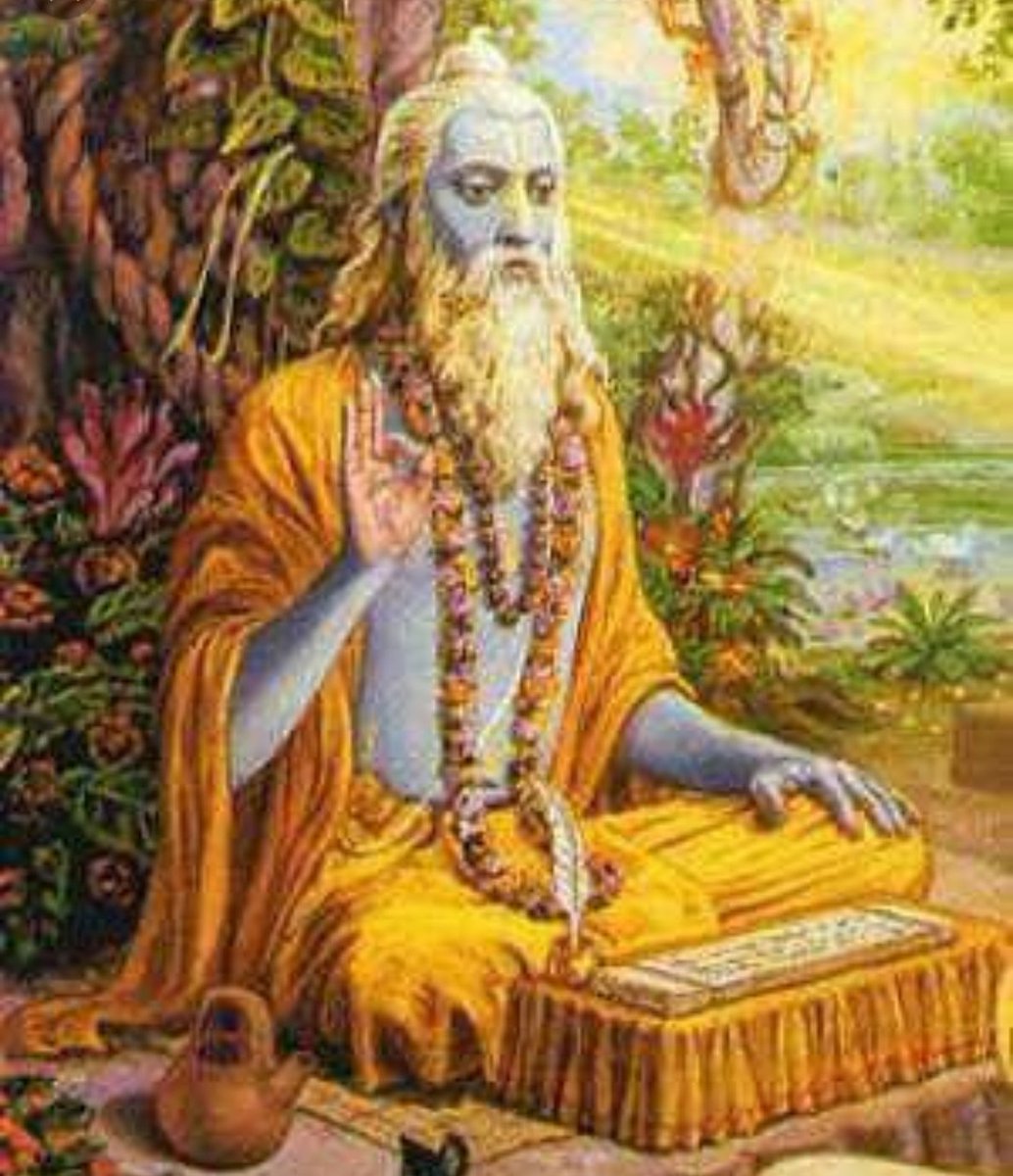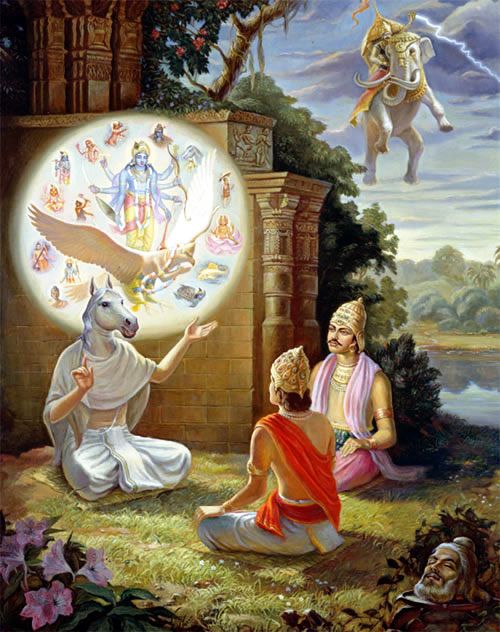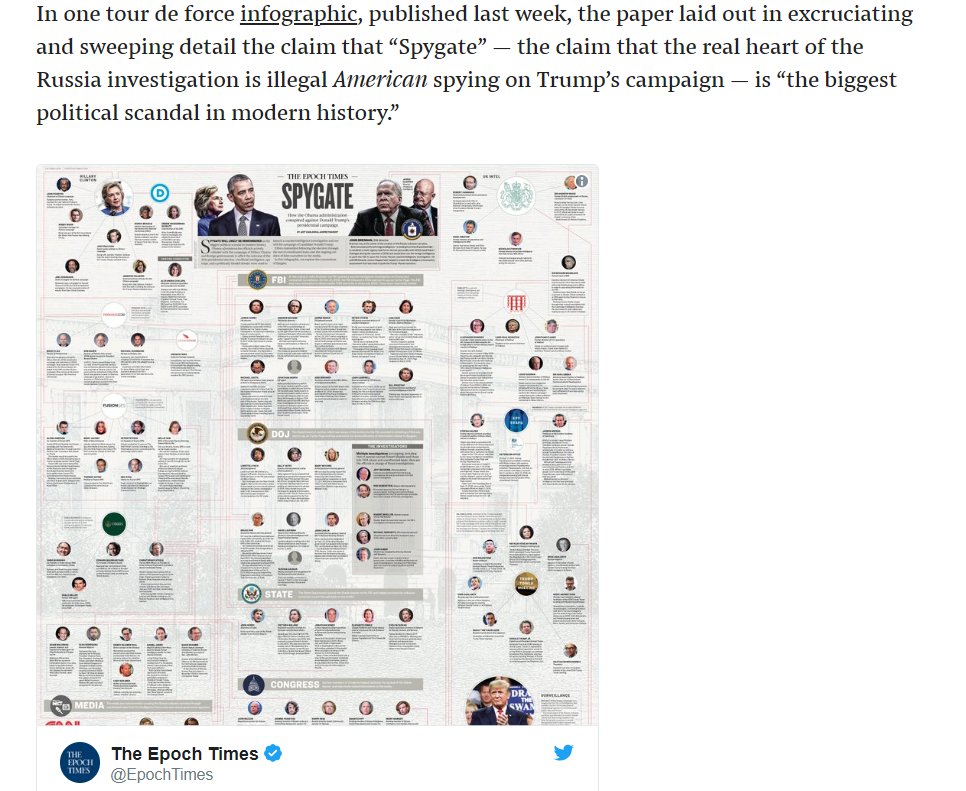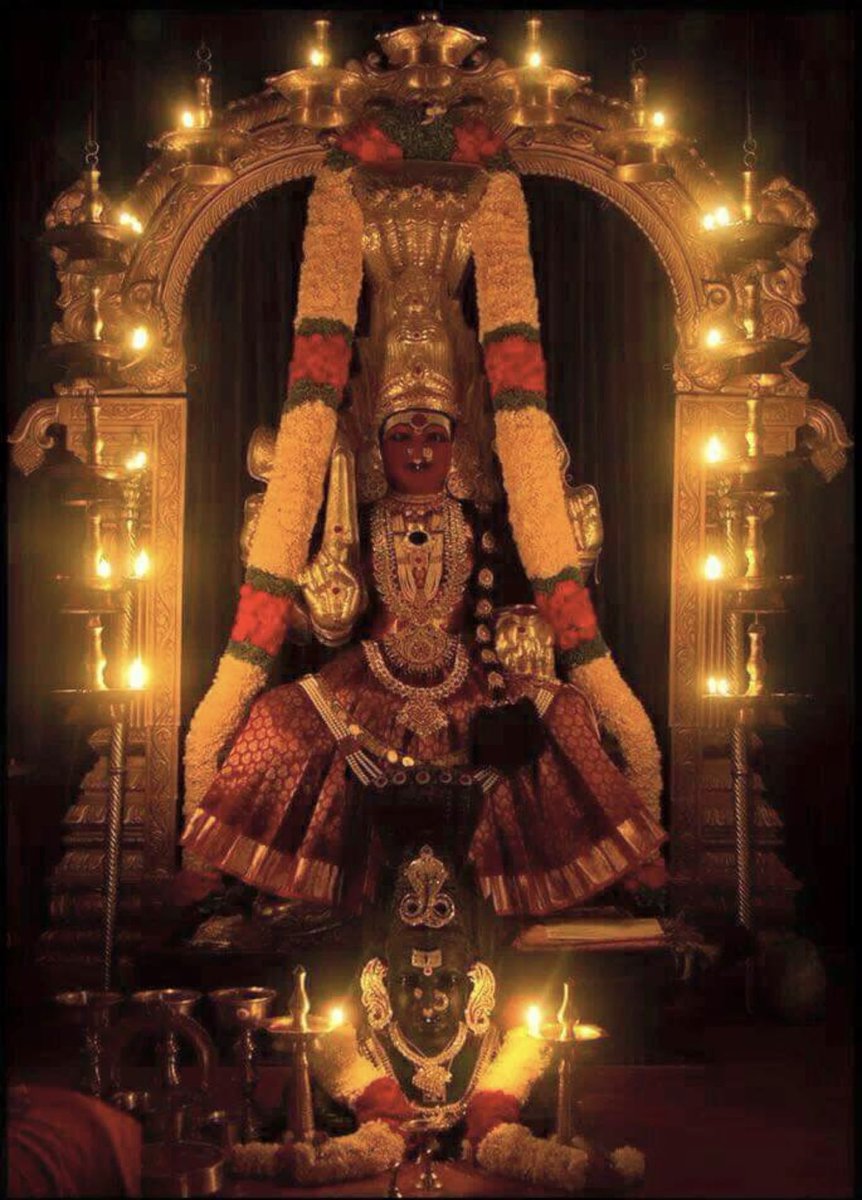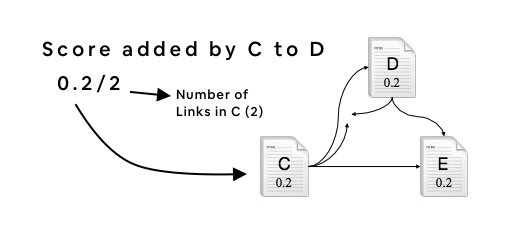Inauguration thread: With Joe Biden taking the oath of office tomorrow, what better time to think back 32 years to the inauguration speech of another seasoned former VP and the resounding (and often misunderstood) impacts on US policy toward Iran that linger to this day. 1/15
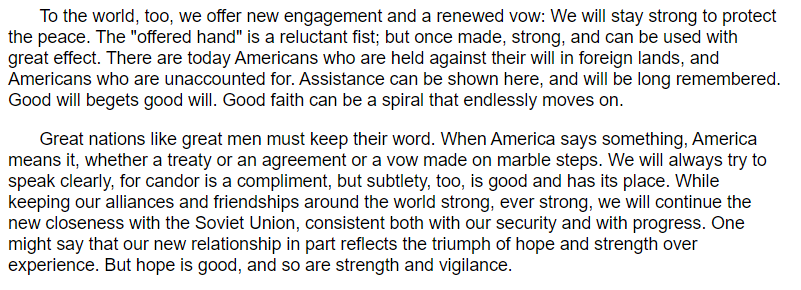
He signed a classified policy directive instructing US to "be prepared for a normal relationship with Iran" and authorized the beginning of indirect negotiations. 4/15
By the end of 1991, all Americans were freed from Lebanon. The US began to offer some promised "good will" in response. 5/15
It was a contradiction of Bush's inaugural pledge that left Rafsanjani out to dry. Why?
8/15
This included the March 1992 suicide attack on the Israeli embassy in Buenos Aires, carried out by Hezbollah. 9/15
The Bush administration pivoted to a much more forward-leaning posture toward Iran, which Clinton adopted in his "Dual Containment" policy. 13/15
https://t.co/pN6O5lOBHa
15/15
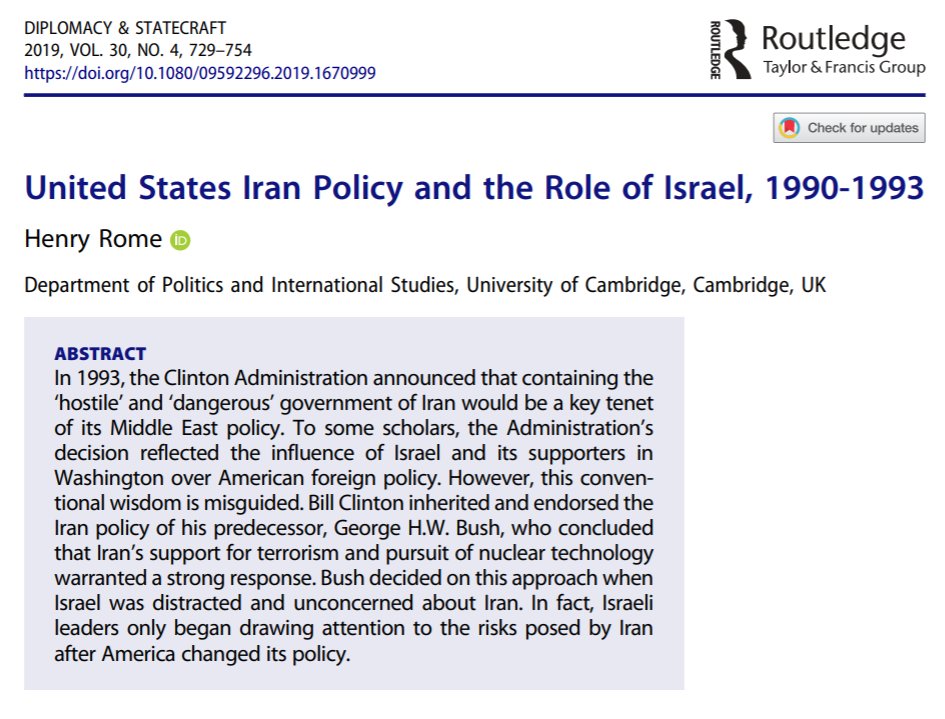
More from Biden
Donald Trump left the White House Wednesday morning. For the first time in 150 years the sitting president didn’t attend the swearing-in of his successor.
Trump leaves the White House pic.twitter.com/fed7XB4I99
— Jake Tapper (@jaketapper) January 20, 2021
Kamala Harris, the first woman and person of color to hold the office of vice president was sworn in by Justice Sonia Sotomayor, the first Latina member of the Supreme Court.
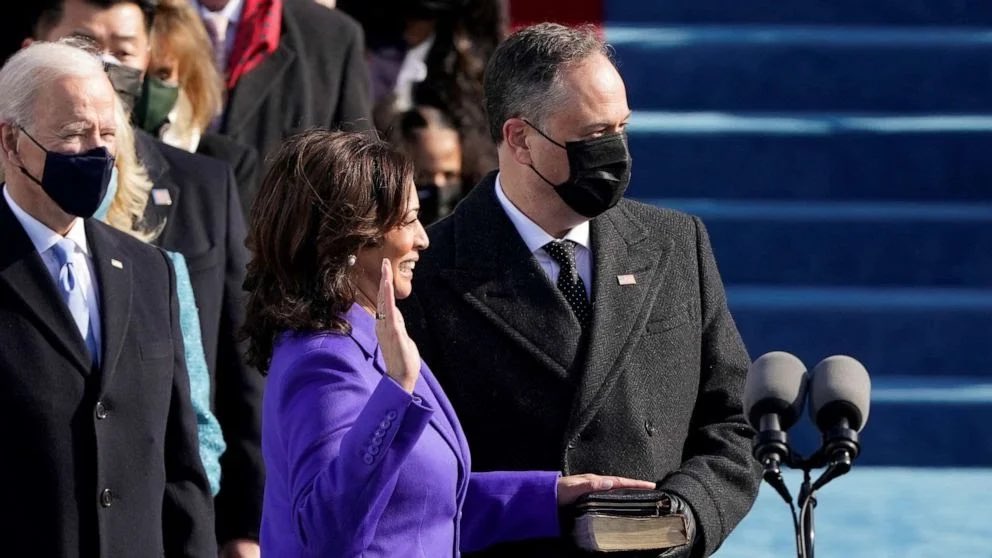
Chief Justice John Roberts later administered the presidential oath to Biden as Jill Biden held the bible and as his children, Hunter Biden and Ashley Biden, stood by.
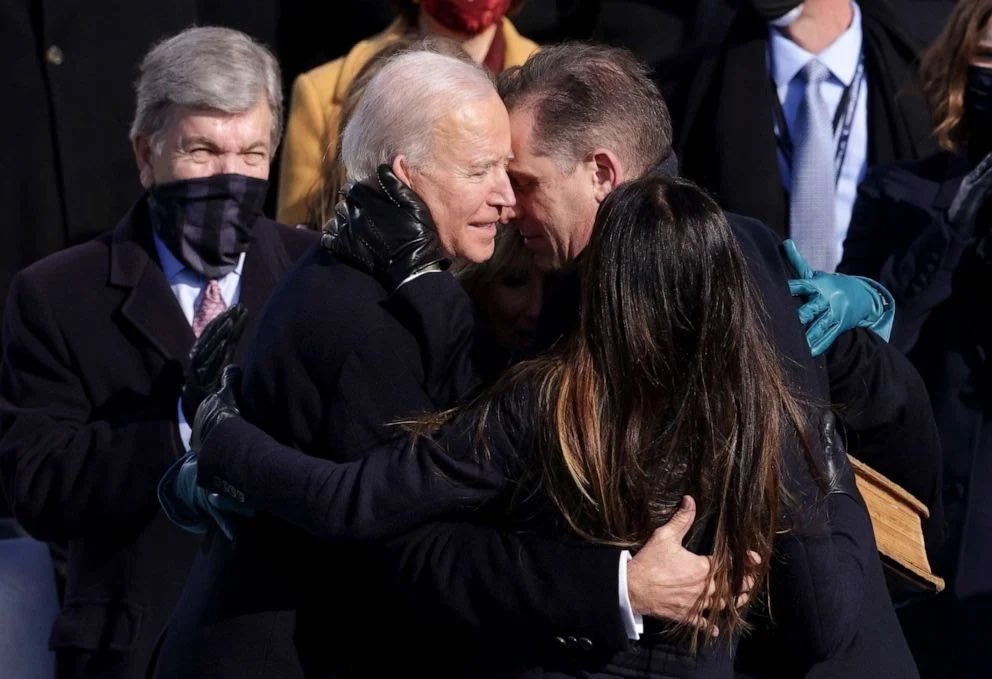
President Joe Biden gave his Inaugural address. Check out the full transcript below.
Transcript: Joe Biden\u2019s inauguration speech https://t.co/YmDAUFX99M
— The Washington Post (@washingtonpost) January 20, 2021
You May Also Like
Decoded his way of analysis/logics for everyone to easily understand.
Have covered:
1. Analysis of volatility, how to foresee/signs.
2. Workbook
3. When to sell options
4. Diff category of days
5. How movement of option prices tell us what will happen
1. Keeps following volatility super closely.
Makes 7-8 different strategies to give him a sense of what's going on.
Whichever gives highest profit he trades in.
I am quite different from your style. I follow the market's volatility very closely. I have mock positions in 7-8 different strategies which allows me to stay connected. Whichever gives best profit is usually the one i trade in.
— Sarang Sood (@SarangSood) August 13, 2019
2. Theta falls when market moves.
Falls where market is headed towards not on our original position.
Anilji most of the time these days Theta only falls when market moves. So the Theta actually falls where market has moved to, not where our position was in the first place. By shifting we can come close to capturing the Theta fall but not always.
— Sarang Sood (@SarangSood) June 24, 2019
3. If you're an options seller then sell only when volatility is dropping, there is a high probability of you making the right trade and getting profit as a result
He believes in a market operator, if market mover sells volatility Sarang Sir joins him.
This week has been great so far. The main aim is to be in the right side of the volatility, rest the market will reward.
— Sarang Sood (@SarangSood) July 3, 2019
4. Theta decay vs Fall in vega
Sell when Vega is falling rather than for theta decay. You won't be trapped and higher probability of making profit.
There is a difference between theta decay & fall in vega. Decay is certain but there is no guaranteed profit as delta moves can increase cost. Fall in vega on the other hand is backed by a powerful force that sells options and gives handsome returns. Our job is to identify them.
— Sarang Sood (@SarangSood) February 12, 2020







